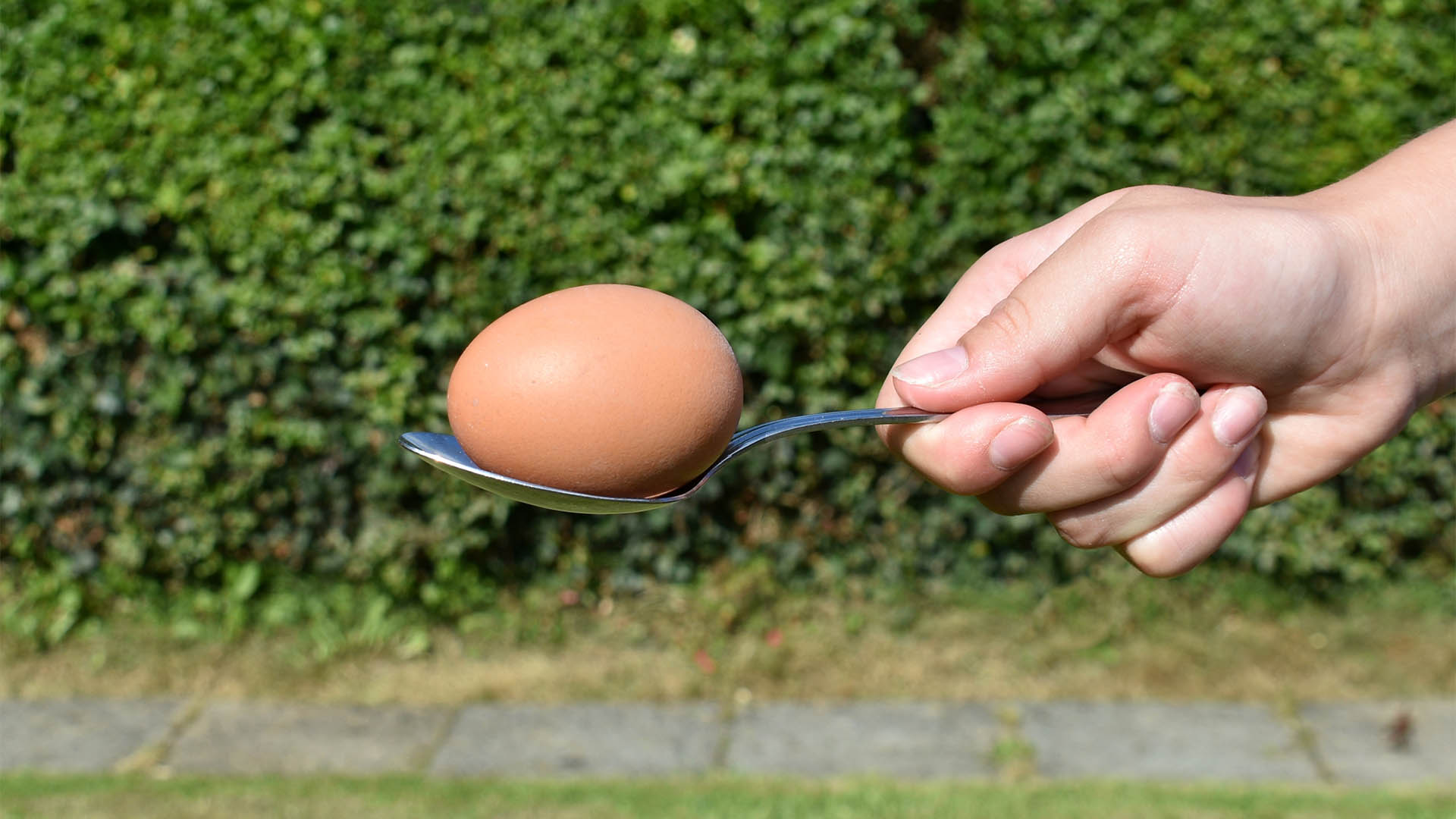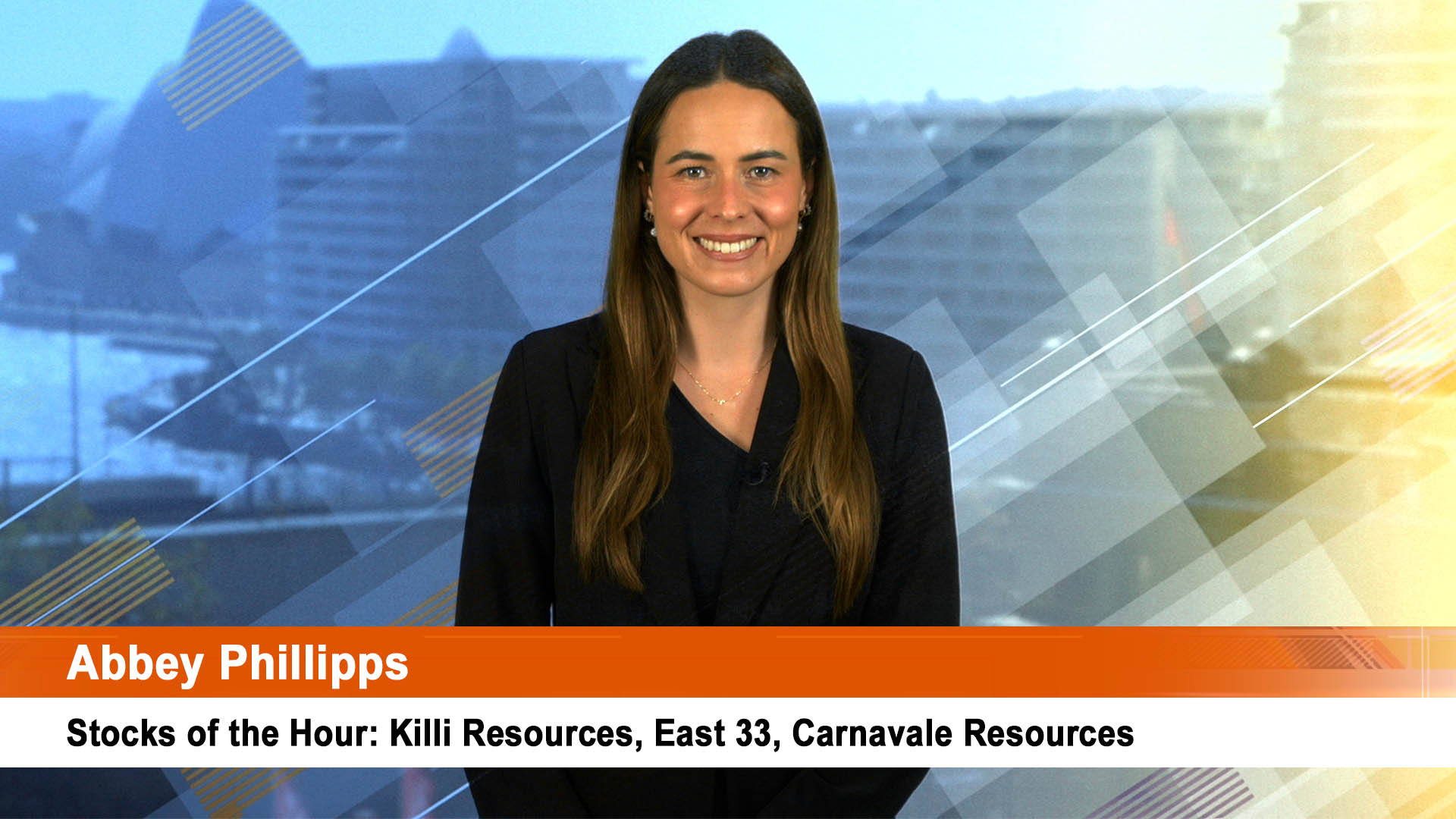Chinese trade surged in November, and there were also scant signs of inflationary pressures, according to figures released on Friday and Saturday.
This Thursday sees the release of the monthly data on retail sales, production and investment (especially real estate).
Exports rose at more than twice the rate expected in November, boosting the country’s trade surplus beyond forecasts.
The rise in consumer prices eased last month, while the pace of producer price growth also showed signs of slowing.
Chinese exports jumped 12.3% in November from a year earlier, the fastest rate in eight months, led by strong sales of electronics and high-tech goods, while sharp rises in commodity purchases helped lift imports faster than expected.
The performance topped analysts’ forecast of a 5% increase and much faster than the 6.9% growth in October.
Imports surged 17.7%, well above expectations of 11.3% growth and due to increased demand for LNG, copper, oil, coal, iron ore and other commodities.
The figures may help to ease concerns of a slowdown in Asia’s biggest economy.
That saw China’s trade surplus rising than $US2 billion to $US40.2 billion, topping October’s revised figure of $US38.2 billion and well ahead of September’s revised six-month low of $US28.6 billion and much higher than the $US35 billion market forecast.
Julian Evans-Pritchard, China economist at Capital Economics, commented: "The upshot is that Chinese trade looks to have been surprisingly strong last month. We expect exports to continue to perform well in the coming months on the back of strong global demand.
“However, we are sceptical that the strength of imports can be sustained given that the delayed impact of policy tightening and a cooling property market are set to weigh on Chinese demand for commodities in coming quarters.”
China’s producer prices rose 5.8% in November from a year earlier – the lowest rise since July, according to the country’s National Bureau of Statistics. Month-on-month, the PPI rose 0.5% in November.
Economists say the rise was again impacted by government efforts to address winter smog, ordering many steel mills, smelters and factories to curtail or halt production to rein in pollution.
Raw materials prices rose 7.5% in November year-on-year, compared with 9% in October, data from the statistics bureau showed.
That was influenced by the government ordering millions of households in northern China to convert to gas heating from coal which has this caused an unexpected shortage in natural gas supplies sending prices soaring despite a record amount of natural gas imports in November.
The impact of that soaring demand was seen as oil and natural gas prices jumped 20.3% year-on-year in November, compared with the 16.5% rise in October, while coal mining and processing prices rose 8.6% down sharply from the near 20% surge in October.
China’s consumer inflation slowed more than expected in November to 1.7% from 1.9% in October, as food prices fell. But non-food price inflation rose 2.5% in November from 2.4% in October.













